Premier Village Danang Resort Managed by Accor - Luxury family-friendly resort
- What to Do in Hoi An? Top 26 Must-Visit Places in 2025Premier Village Danang Resort Managed by Accor
- English
- 简体中文
- 한국어
- Tiếng Việt
- See this hotel on Accorhotels.com or brand website in other languages :
What to Do in Hoi An? Top 26 Must-Visit Places in 2025
Hoi An is a renowned travel destination in Central Vietnam, attracting millions of visitors each year with its timeless charm, cultural diversity, and distinctive cuisine.
If you’re planning a getaway to Hoi An and wondering what to do in this enchanting town, this is the “golden list” curated just for you. Let’s discover the top 26 unmissable places to visit in Hoi An in 2025 to help you plan the most complete and memorable itinerary!
1. Hoi An Ancient Town
Hoi An Ancient Town is the very first destination you must not miss when arriving in Central Vietnam. With architecture preserved nearly intact since the 16th–17th centuries, this area carries deep imprints of East–West cultural fusion. Moss-covered tiled rooftops, timeworn yellow walls, and vibrant lanterns of all colors combine to create a nostalgic and dreamlike ambiance.
You can leisurely stroll through narrow alleys, sip a roadside coffee, visit artisan shops, or listen to stories from local history at preserved ancient houses and traditional assembly halls.
2. Releasing Flower Lanterns and Cruising on the Hoai River
One of the most beloved activities in Hoi An is releasing flower lanterns and taking a boat cruise on the Hoai River at night. When the old town lights up, the river sparkles with the glow of hundreds of gently drifting lanterns, creating an enchanting and unforgettable scene.
Seated in a small boat drifting down the current, you can soak in the peaceful atmosphere, hear the gentle paddling of oars, and marvel at the shimmering beauty of the ancient town along both riverbanks.
3. “Hoi An Memories” Show at Hoi An Impression Theme Park
If you want to experience Hoi An in a truly authentic and emotional way, don’t miss the Hoi An Memories Show, one of the most spectacular open-air performances in Vietnam.
The show is staged at the Hoi An Impression Theme Park, reenacting over 400 years of the ancient town’s development through world-class stage art, grand sound-and-light effects, and an expansive outdoor setting.
More than 500 professional performers immerse the audience in emotionally rich scenes that portray the bustling trading port, the daily life of past residents, and cultural moments like the traditional Champa–Vietnamese wedding ceremony.
4. The Japanese Bridge
The Japanese Covered Bridge is a famous landmark in Hoi An that virtually every visitor wants to check in at least once. Built in the early 17th century by the Japanese merchant community, this structure uniquely serves as both a bridge and a temple, spanning a small canal within the ancient town.
With its yin-yang tiled roof, lacquered wooden pillars, and finely carved details, the Japanese Covered Bridge stands as a distinctive symbol of Vietnamese–Japanese cultural fusion.
5. Hoi An Night Market
If you’re wondering what to do in Hoi An at night, the Hoi An Night Market is definitely a destination you shouldn’t miss. Located on Nguyen Hoang Street, the market is illuminated by hundreds of dazzling lanterns and features over 50 stalls selling souvenirs, traditional handicrafts, and tempting local specialties.
6. Bay Mau Coconut Forest
The Bay Mau Coconut Forest is one of Hoi An’s most iconic river-based eco-tourism destinations, attracting large numbers of visitors eager to explore its lush, watery landscape. Located in Cam Thanh Commune, about 3–4km from the ancient town, it’s often referred to as “the Mekong Delta within Hoi An” due to its vibrant nipa palm ecosystem and dense canal network.
Visitors can ride basket boats that weave through the coconut groves, enjoy traditional boat dancing performances, try their hand at fishing, and participate in fun folk games on the water.
7. Cycling Through the Rice Fields
Cycling through the lush green rice fields is one of Hoi An’s most relaxing recreational activities, especially for those who wish to enjoy peace and reconnect with nature.
You can rent a bike right in the ancient town and follow small village roads that weave through the fields of Tra Que, Cam Thanh, or Cam Kim. The serene countryside, the sound of birds singing, and the friendly smiles of local people make the journey lighthearted and soothing. This is an ideal way to explore the rustic, untouched beauty of Hoi An beyond the busy ancient quarter.
8. Instant Tailoring Experience
Hoi An is known as a tailoring paradise, with hundreds of reputable and affordable custom clothing shops. You can order tailored outfits made to your measurements and receive them on the same day – perfect for travel use or as a unique souvenir.
This quick and convenient service has turned Hoi An’s instant tailoring experience into a famous attraction, drawing fashion-loving tourists from all over the world.
9. Visiting the Lantern Festival
The Lantern Festival is one of Hoi An’s most mesmerizing cultural events that every visitor should experience. On the full moon night of each lunar month, the ancient town transforms into a glowing wonderland of thousands of lanterns in various colors and designs, casting a dreamlike, romantic atmosphere.
Visitors can enjoy the vibrant festival vibe, release flower lanterns on the Hoai River, and immerse themselves in the unique traditional culture that defines Hoi An.
10. Join a Cooking Class
By joining a cooking class, you’ll be guided by experienced local chefs on how to prepare traditional dishes such as Cao Lau, Banh Xeo, and fresh spring rolls. The session typically begins with a visit to Hoi An Market, where you’ll choose fresh ingredients and learn about the signature spices used in local cuisine. After the market, you’ll return to the classroom to cook your selected dishes, and finally enjoy the meal you’ve created yourself.
11. Thanh Ha Pottery Village
Wondering what to do in Hoi An? If you appreciate art and traditional crafts, don’t miss Thanh Ha Pottery Village. This village is famous for its more than 500-year-old ceramic tradition, still maintained through generations using manual techniques.
At Thanh Ha, you can visit pottery workshops, observe the shaping and firing process, and even try making your own piece by hand. The village also features many shops selling beautifully crafted ceramics, perfect for souvenirs as you explore Hoi An.
12. Tra Que Vegetable Village
Tra Que Vegetable Village is known for its clean, organic produce, grown using natural and chemical-free farming methods. Visitors can participate in hands-on experiences like harvesting vegetables, learning how to plant and care for crops, or enjoying fresh farm-to-table meals at local restaurants.
13. Hoi An Museum of History and Culture
The Hoi An Museum of History and Culture is a must-visit destination for those seeking to understand the development and unique cultural identity of this historic region. The museum features a wide array of artifacts, including ceramics, bronze objects, and historical documents related to Hoi An’s ancient trading port.
Through its themed exhibitions, you’ll explore key historical periods, local customs, and the everyday life of Hoi An’s people across generations.
14. Sa Huynh Culture Museum
The Sa Huynh Culture Museum offers a fascinating look into the ancient Sa Huynh civilization – one of the oldest in Central Vietnam. Here, visitors can admire valuable artifacts such as ceramics, jewelry, and household tools unearthed from archaeological sites. The museum vividly reconstructs the life, beliefs, and customs of the Sa Huynh people, providing deep insight into their cultural legacy.
15. Hoi An Folk Culture Museum
The Hoi An Folk Culture Museum brings the traditional cultural life of local residents to life through artifacts, clothing, musical instruments, and daily items. It also preserves priceless intangible heritage, including festivals, customs, and traditional handicrafts.
A visit to the museum helps guests better understand the distinctive cultural identity of Hoi An and develop a deeper appreciation for the folk traditions that shape the town.
16. Museum of Trading Ceramics
The Museum of Trading Ceramics is an ideal stop for those who appreciate ceramic art and its historical significance in Hoi An. The museum features a diverse collection of traditional ceramic works, including ancient artifacts and contemporary pieces that reflect the craft’s evolution over the centuries.
A visit here offers insight into ceramic production techniques, design aesthetics, and the essential role ceramics played in Hoi An’s cultural life and international trade throughout various historical periods.
17. Kim Bong Carpentry Village
Kim Bong Carpentry Village is a popular destination known for its centuries-old woodworking tradition. When visiting, travelers can witness the entire process of crafting fine wooden products – from selecting raw materials to completing intricate designs. The village produces not only practical household goods but also artistic pieces that embody the deep cultural spirit of Hoi An.
18. An Bang Beach
An Bang Beach attracts visitors with its cool blue waters and long stretches of soft white sand, all just a short distance from Hoi An’s center. It’s the perfect spot for relaxing, swimming, or taking a peaceful stroll while enjoying the fresh sea breeze. Surrounding the beach are popular cafés and seafood restaurants, offering you a chance to savor local specialties right by the shore.
19. Cua Dai Beach
Cua Dai Beach is another famous coastal destination near Hoi An, known for its untouched natural beauty and wide, open spaces. Fine sand and clear blue water make it an ideal setting for swimming, fishing, or joining in on water games. The area also offers many convenient services such as seafood restaurants and beachside cafés serving fresh local dishes.
20. Cham Islands
The Cham Islands are a captivating destination for anyone wanting to explore pristine nature and rich marine biodiversity just off the coast of Hoi An. This island cluster is famous for its crystal-clear beaches, vibrant coral reefs, and diverse marine ecosystems, ideal for activities such as scuba diving, fishing, and visiting traditional fishing villages.
21. Tran Family Chapel
The Tran Family Chapel is a historic architectural site that reflects the cultural and ancestral legacy of the Tran family in Hoi An. It serves as a sacred place of worship and features intricate wood carvings along with traditional architecture highlighted by refined patterns and classic colors.
22. Fujian, Chaozhou, and Cantonese Assembly Halls
The Fujian, Chaozhou, and Cantonese Assembly Halls are culturally rich architectural landmarks built by the Chinese communities in Hoi An. Each hall features unique design elements with intricate carvings, Buddha statues, murals, and signature feng shui principles. These sites offer visitors a deeper understanding of the migration history, spiritual beliefs, and customs of Chinese settlers in Central Vietnam.
If you want to combine your visit to Hoi An with discovering the best things to do in Da Nang, don’t overlook these culturally significant destinations.
23. Phung Hung Ancient House
The Phung Hung Ancient House is preserved in its original form, showcasing the traditional Central Vietnamese architectural style through tiled roofing, wooden frameworks, and intricately carved details that reflect the lifestyle of earlier generations. A visit here allows guests to immerse themselves in a nostalgic space and gain insight into the everyday life and culture of Hoi An’s local people in the past.
If you’re planning a Da Nang 5 Days 4 Nights Itinerary, don’t forget to stop by Phung Hung Ancient House to deepen your understanding of the region’s culture and history.
24. My Son Sanctuary
The My Son Sanctuary is a complex of ancient Cham temple towers nestled in a lush green valley about 40km from Hoi An. Recognized by UNESCO as a World Cultural Heritage Site, this is one of the most important historical and cultural relics in Central Vietnam. With over 1,000 years of history and unique architecture, it attracts those who are passionate about exploring ancient civilizations.
25. Tan Ky Ancient House
Tan Ky Ancient House is one of the most iconic heritage houses in Hoi An Ancient Town, built over 200 years ago. The house showcases a unique fusion of Vietnamese, Chinese, and Japanese architectural styles, featuring precious hardwood interiors and exquisite carved details. It is an unmissable destination for tourists seeking to explore the cultural richness and historical legacy of the former international trading port of Hoi An.
26. Hainan Assembly Hall
Hainan Assembly Hall, located in Hội An Ancient Town, is a historical meeting place of the Hainanese Chinese community. It holds deep cultural attributes through ancestor worship rituals, traditional festivals, and sacred spatial practices. Architecturally, it features curved roofs and intricate wooden carvings, symbolizing classical Chinese craftsmanship. As a core cultural entity and heritage tourism site, it connects micro-contexts of ritual practice with macro-contexts of Hội An’s multicultural legacy.
Your journey through Da Nang will be even more complete when you choose Premier Village Da Nang as your place to stay. Located right on the beautiful My Khe Beach, the resort is an ideal retreat for travelers seeking privacy and tranquility, while still being within easy reach of famous attractions like Hoi An Ancient Town, Ba Na Hills, and Marble Mountains. From here, you can begin your adventure into Da Nang’s rich culinary and cultural landscape in a relaxed and inspired state of mind.
Premier Village Da Nang Resort, managed by Accor, a globally trusted name in luxury hospitality, features a collection of beachfront and ocean-view villas designed with modern elegance and a deep connection to nature. Each villa offers a private pool, spacious living areas, and world-class amenities, making it the perfect place to start an unforgettable vacation in Central Vietnam.
Address: 99 Vo Nguyen Giap Street - Ngu Hanh Son Ward - 550000 - Danang - Vietnam Phone: +84 (0) 2363 919 999 Fax: +84 (0) 2363 919 998 Email: H9530@accor.com



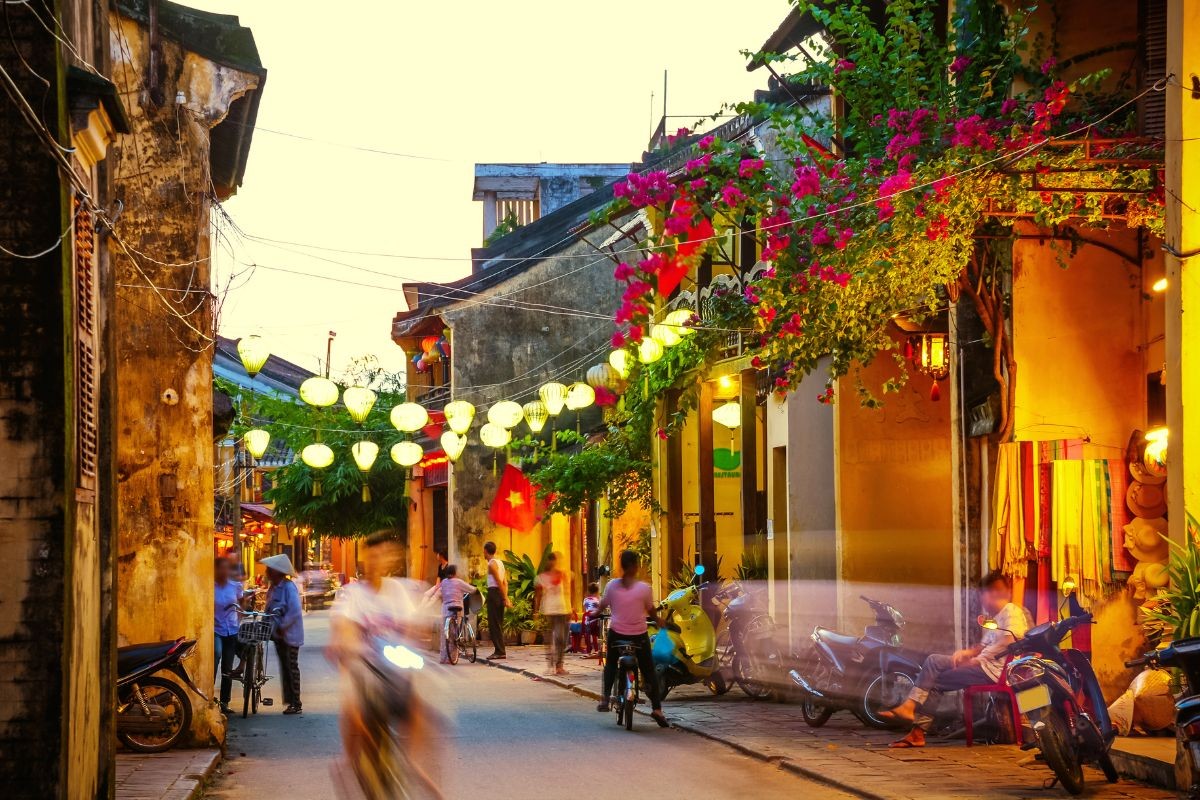

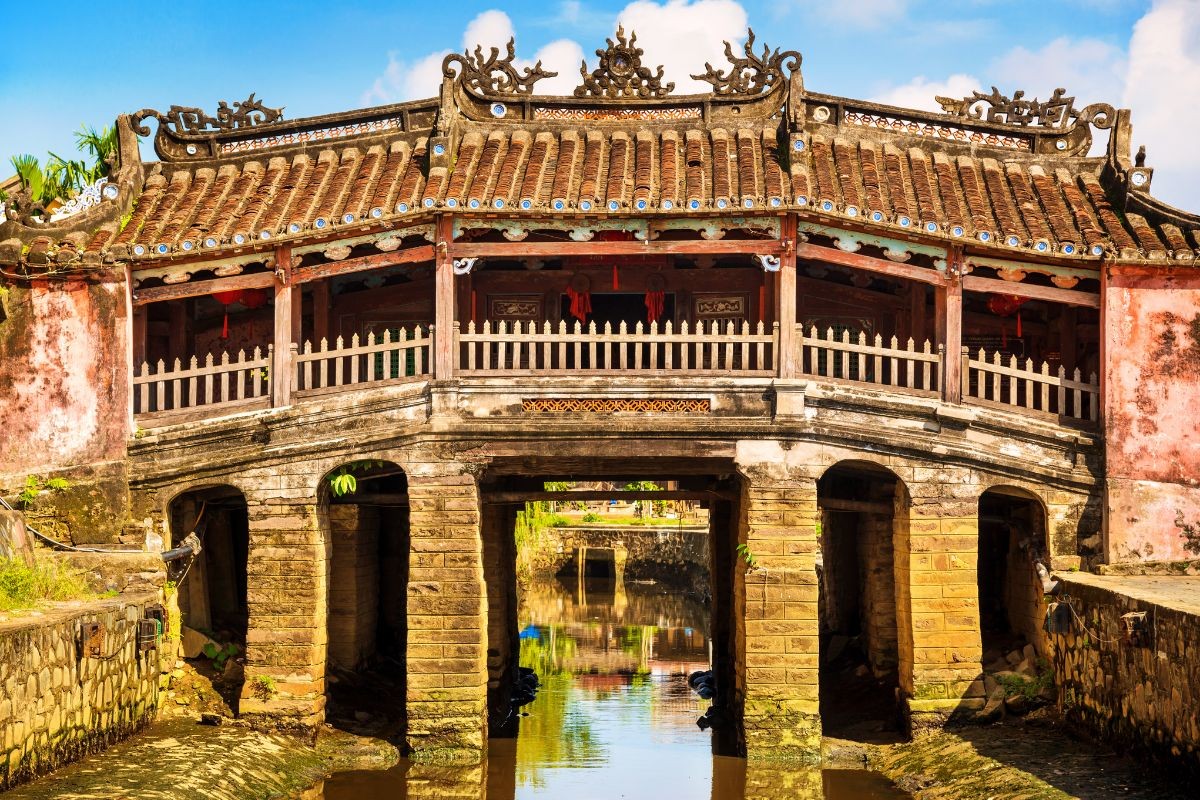

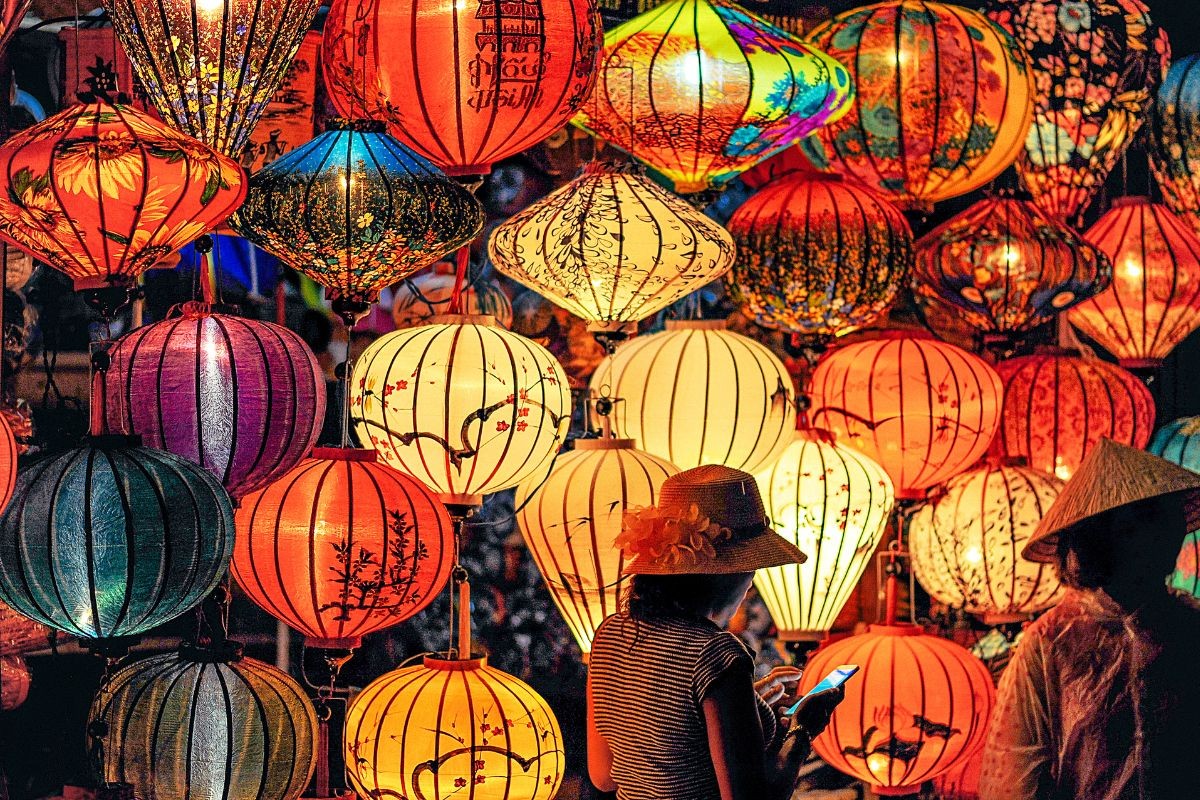

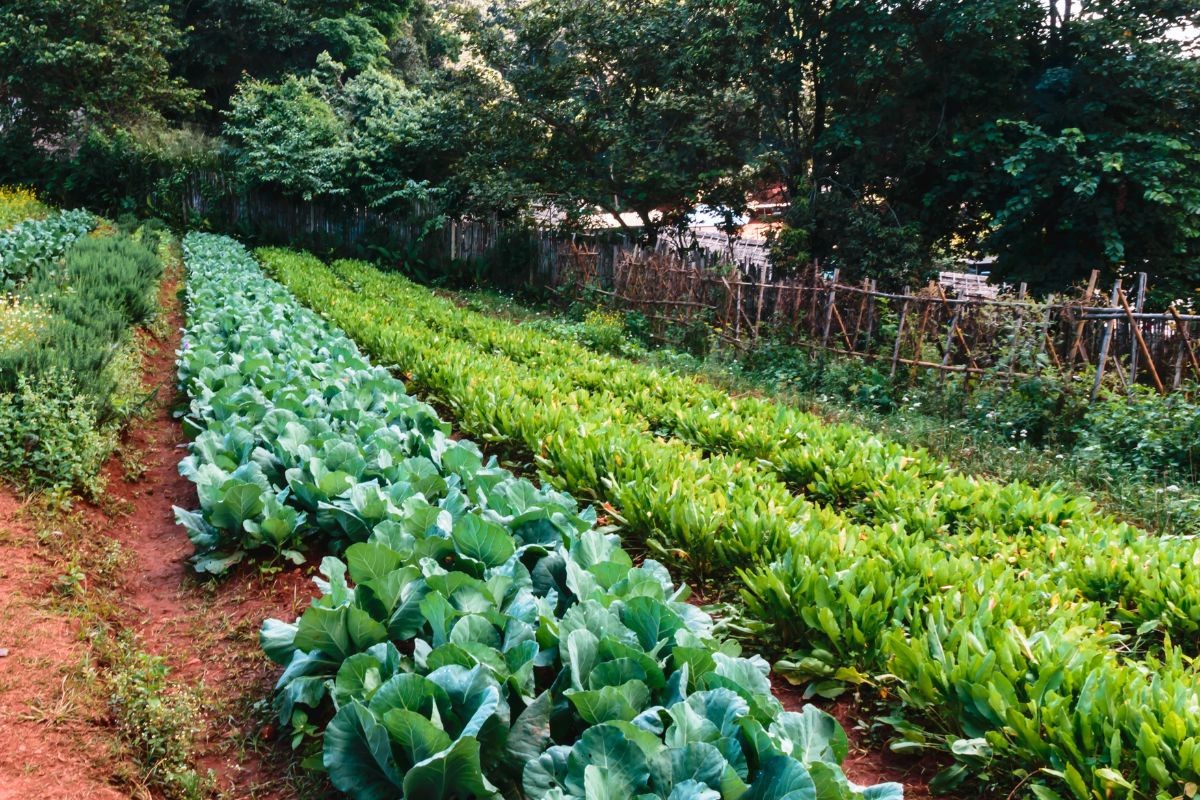
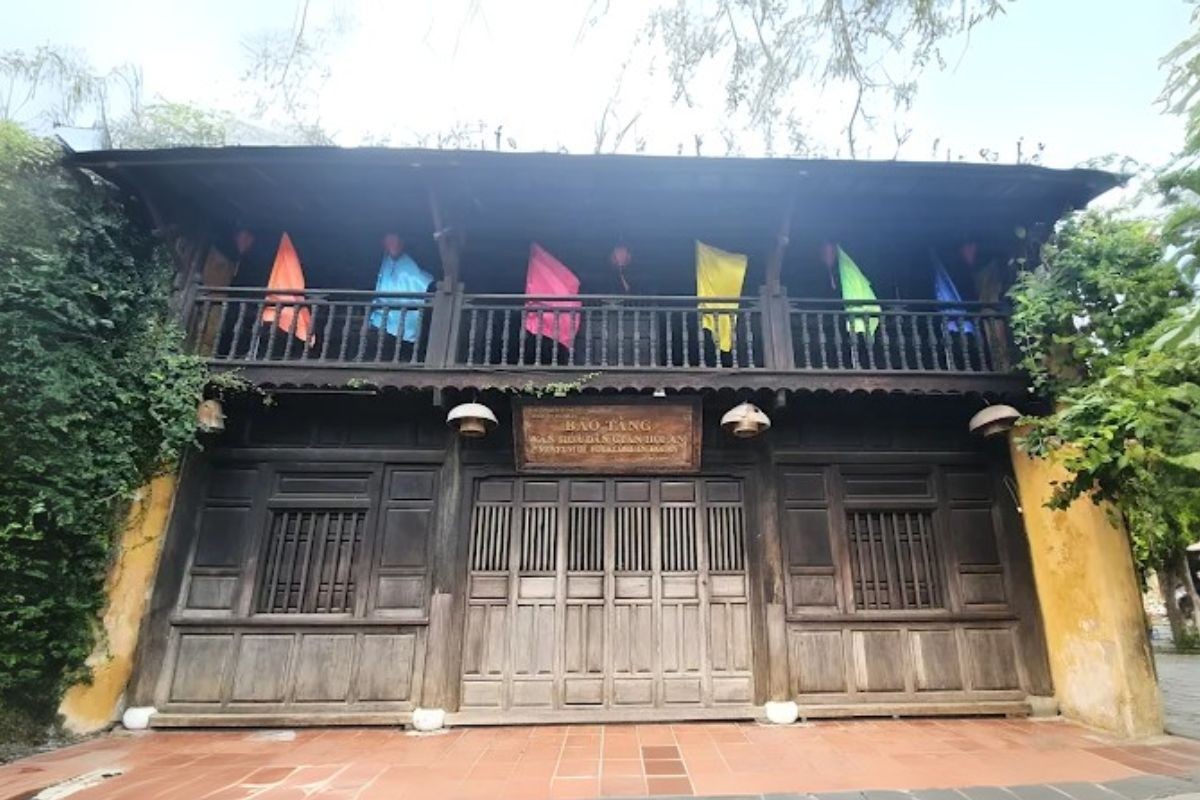
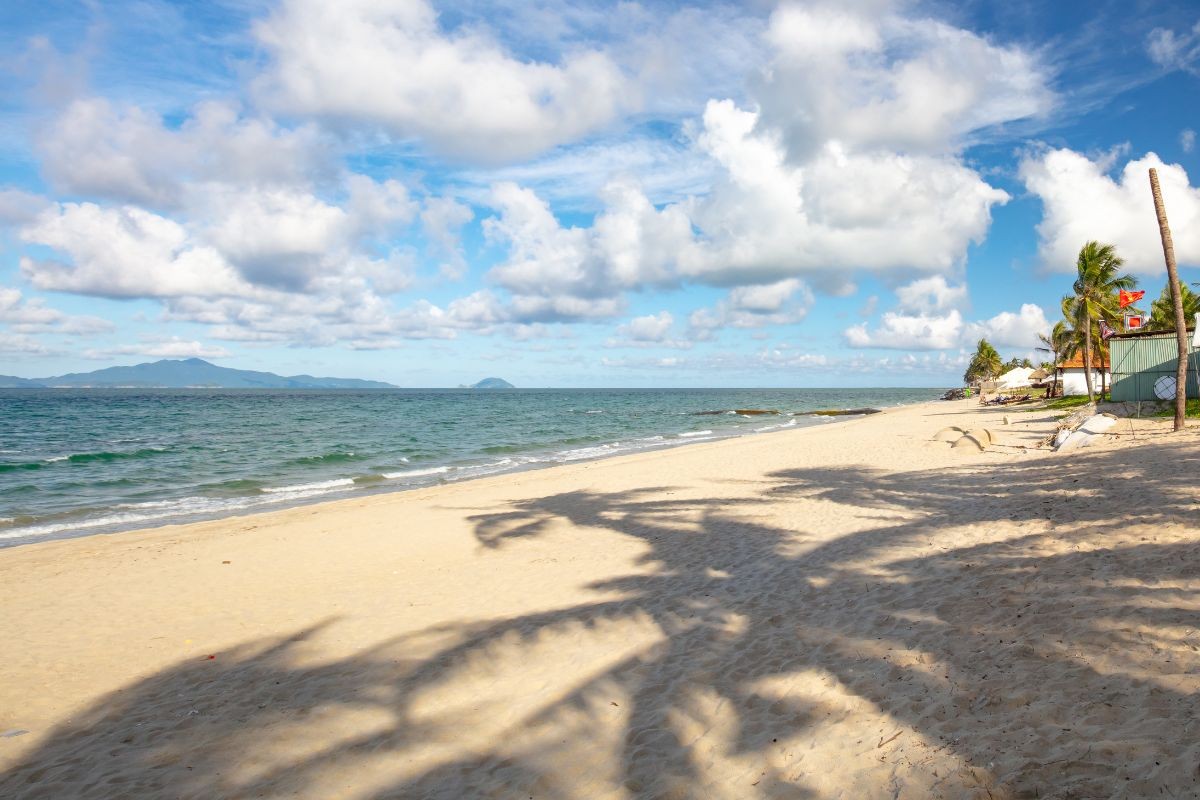

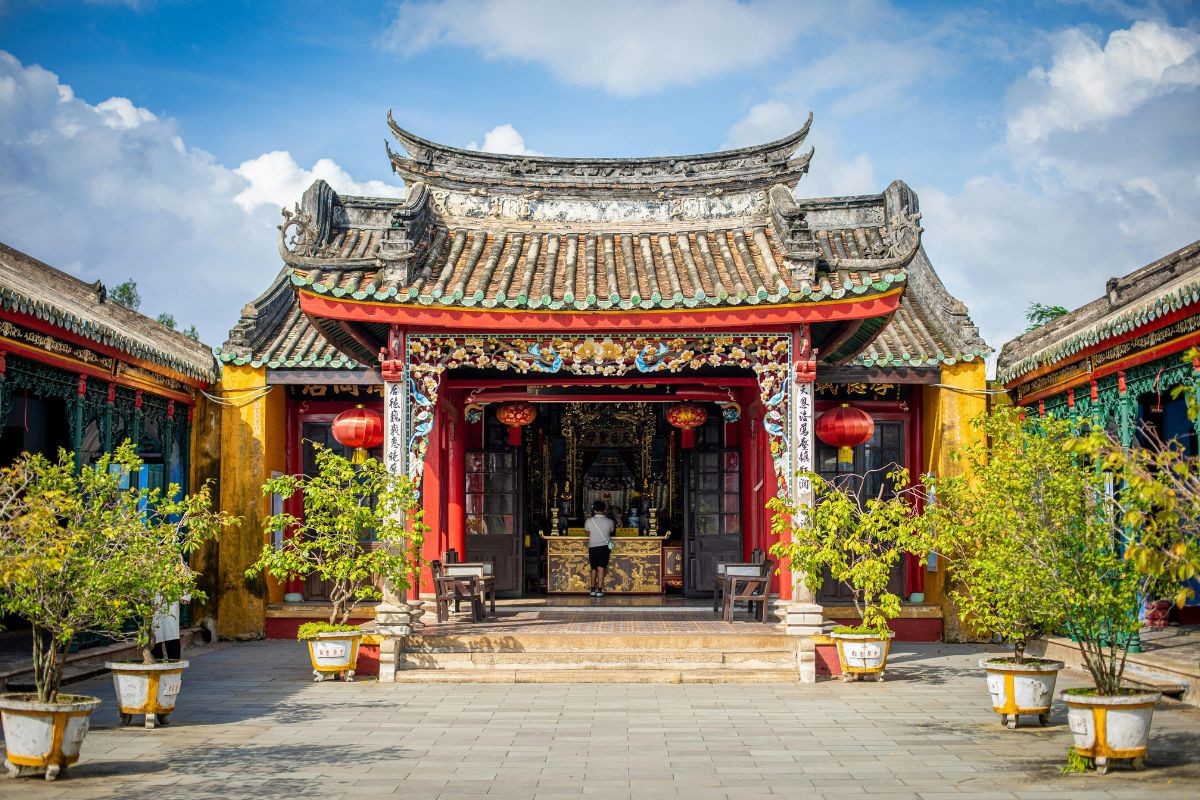
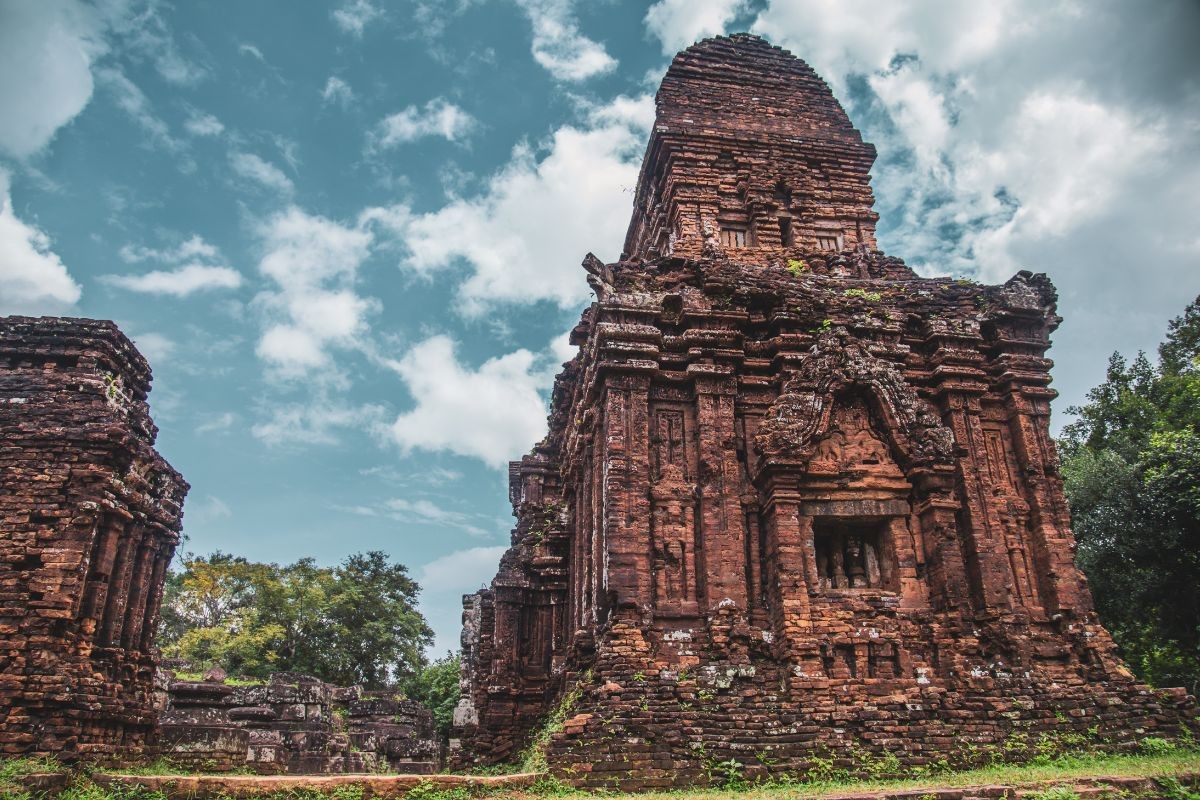

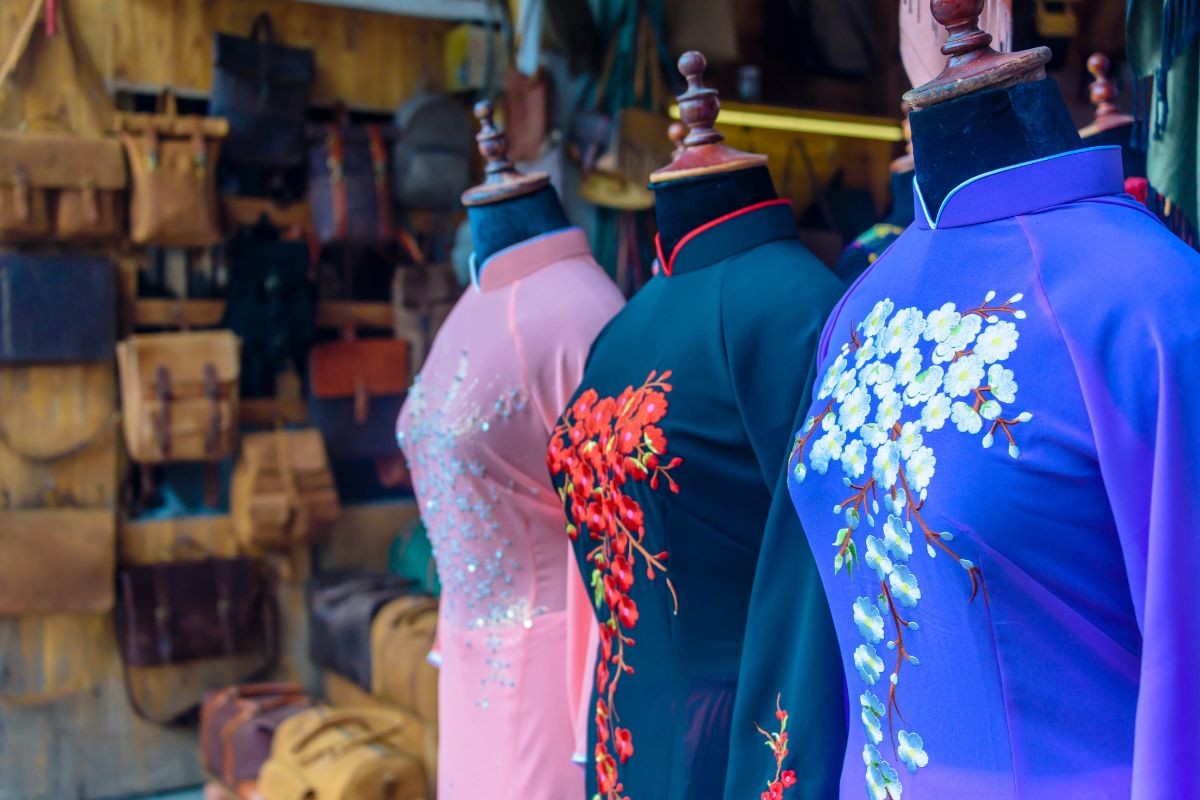


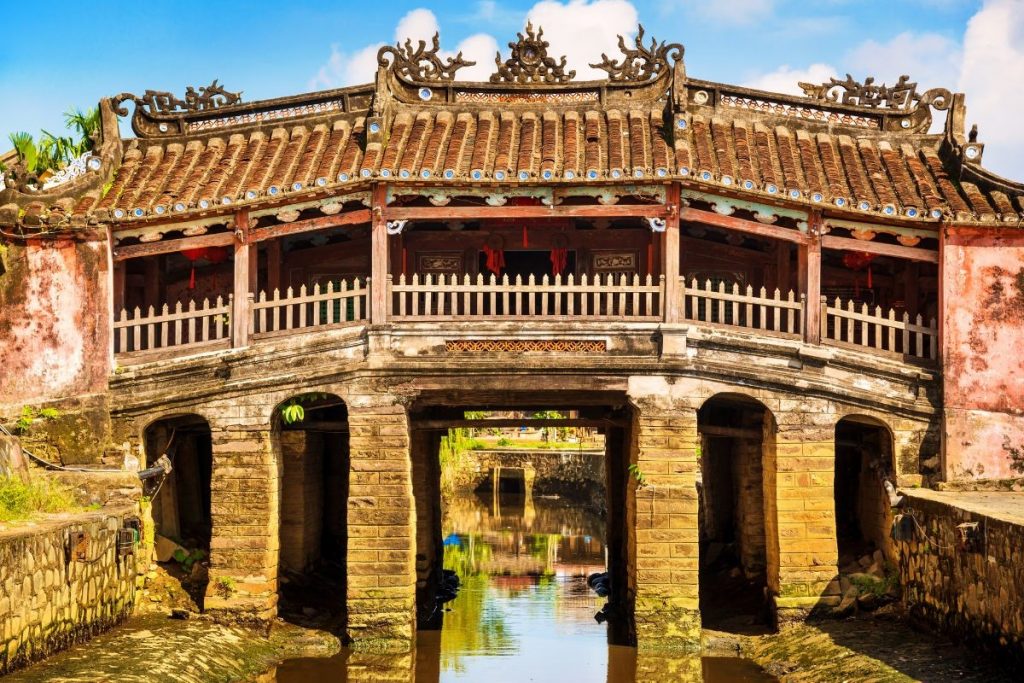


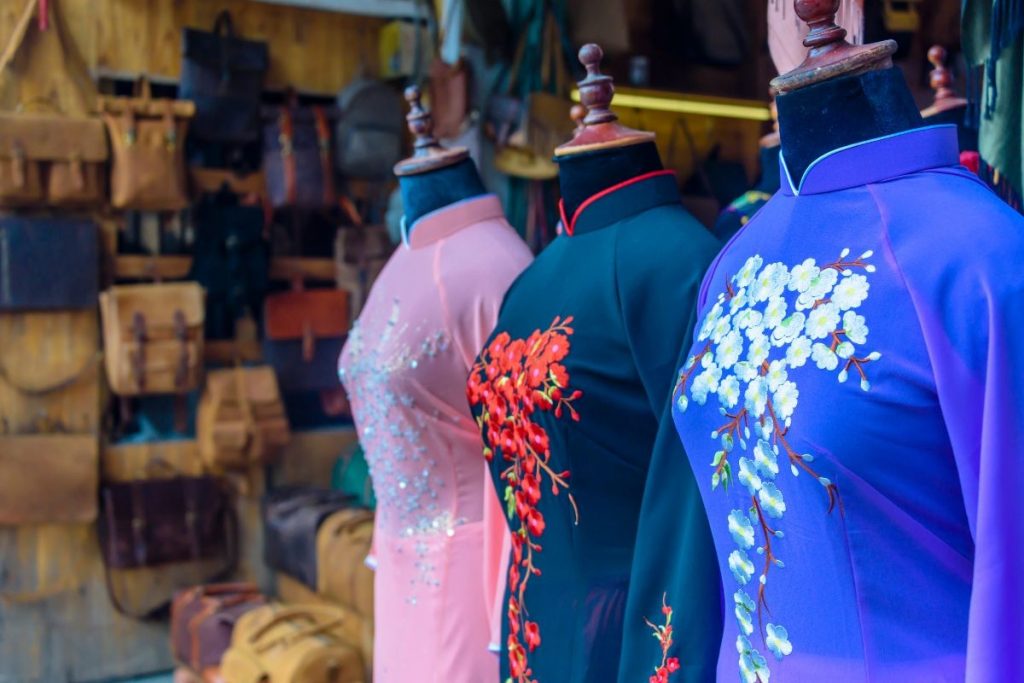

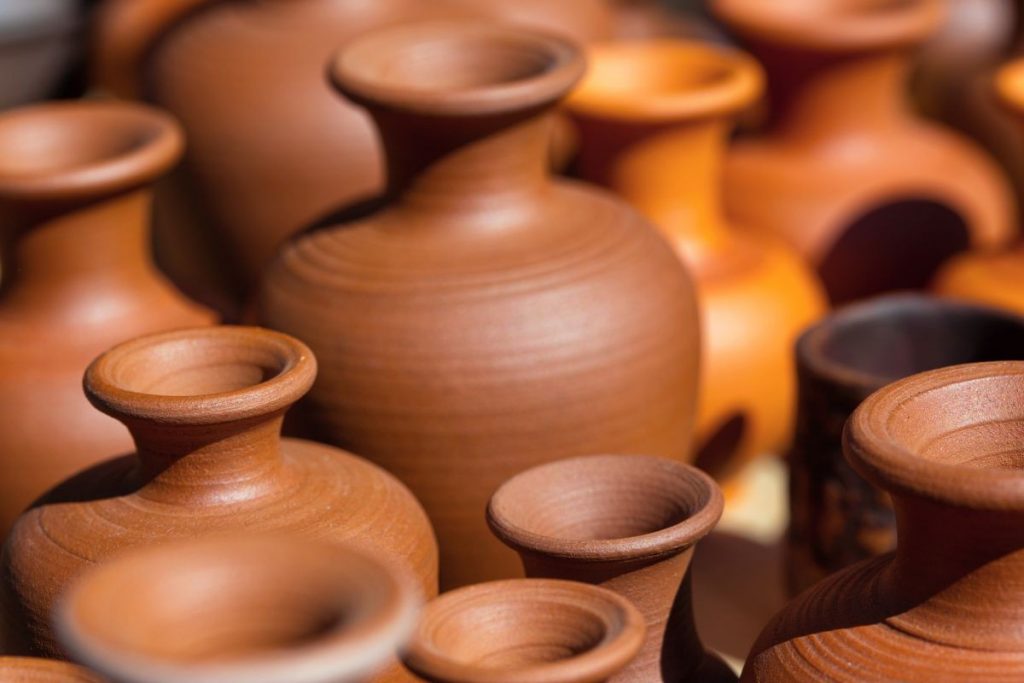
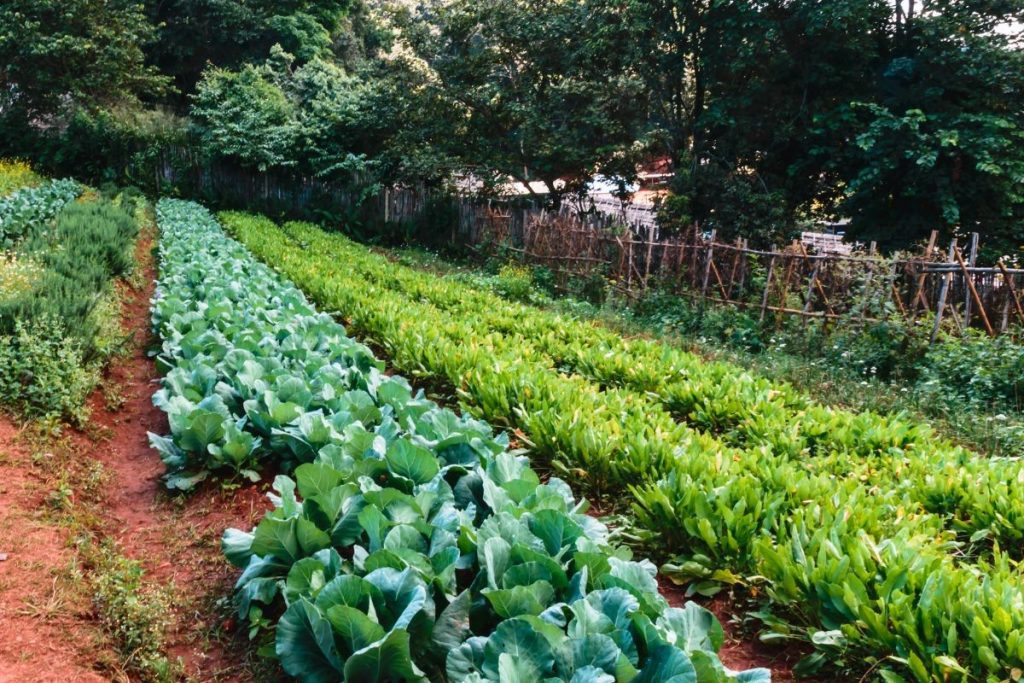
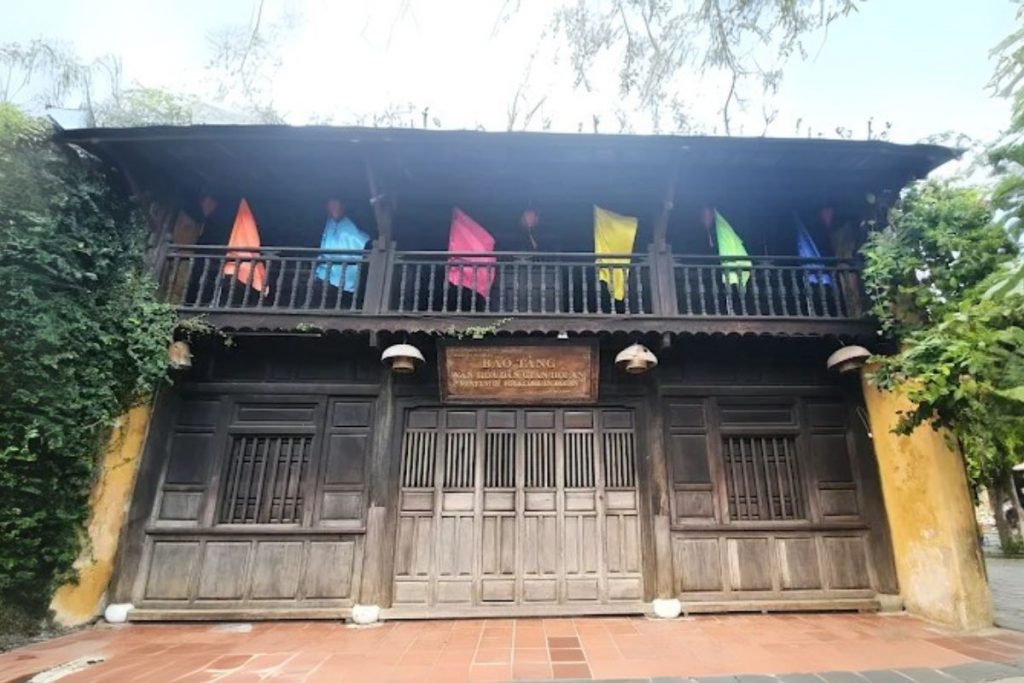
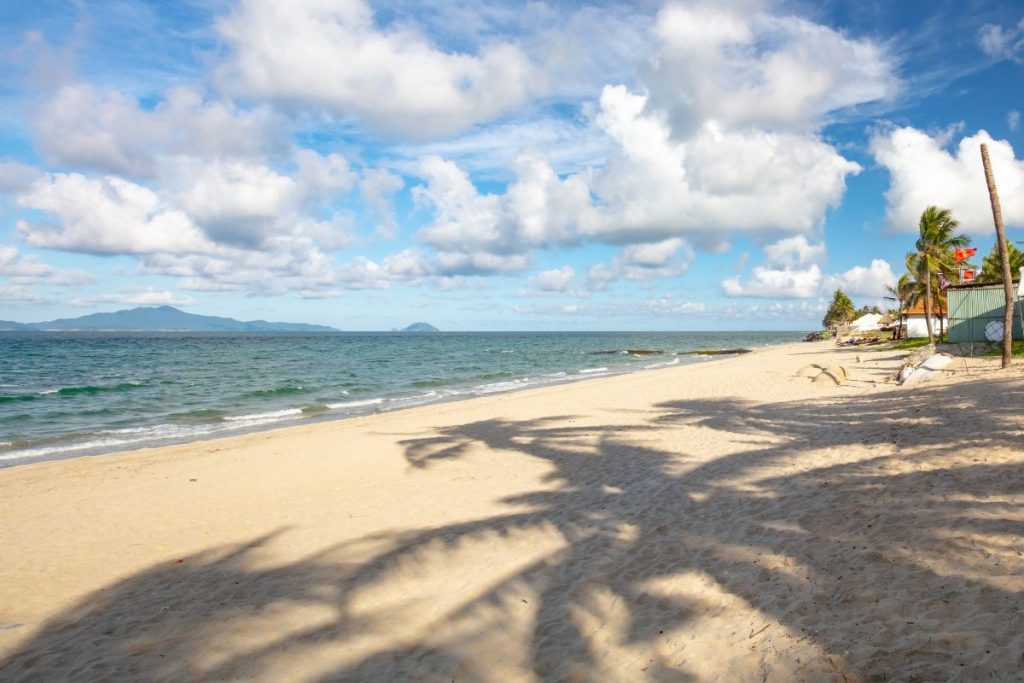
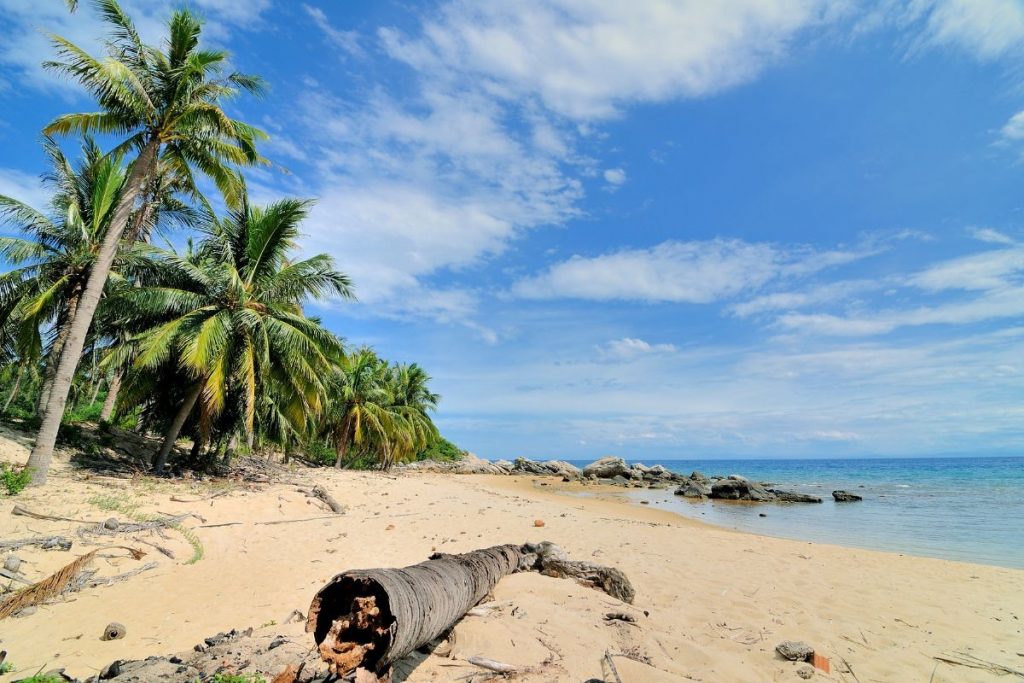
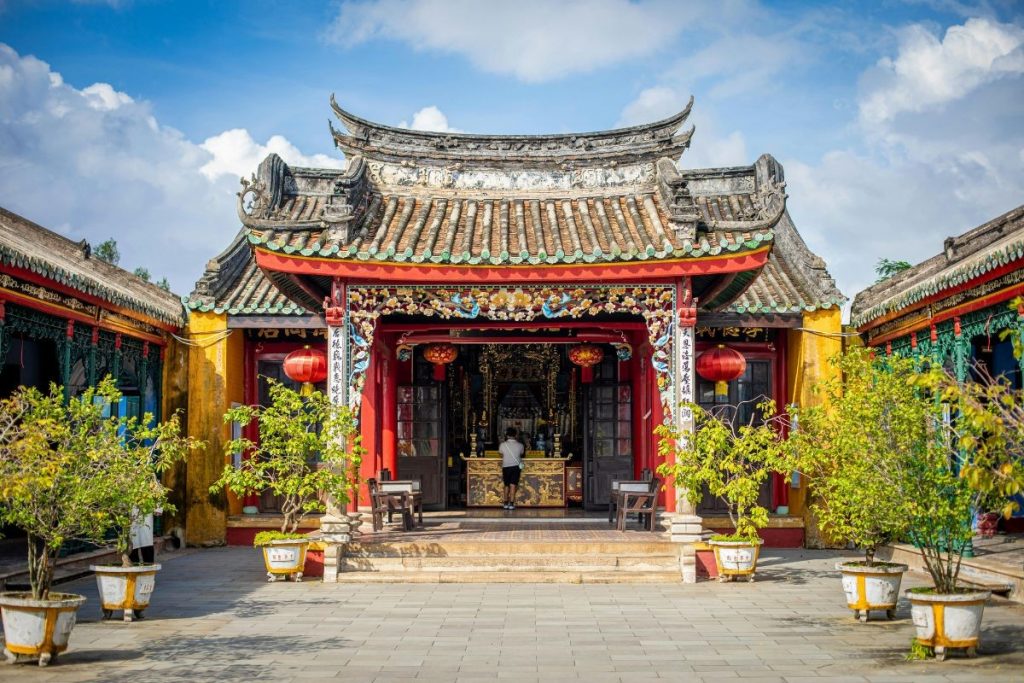
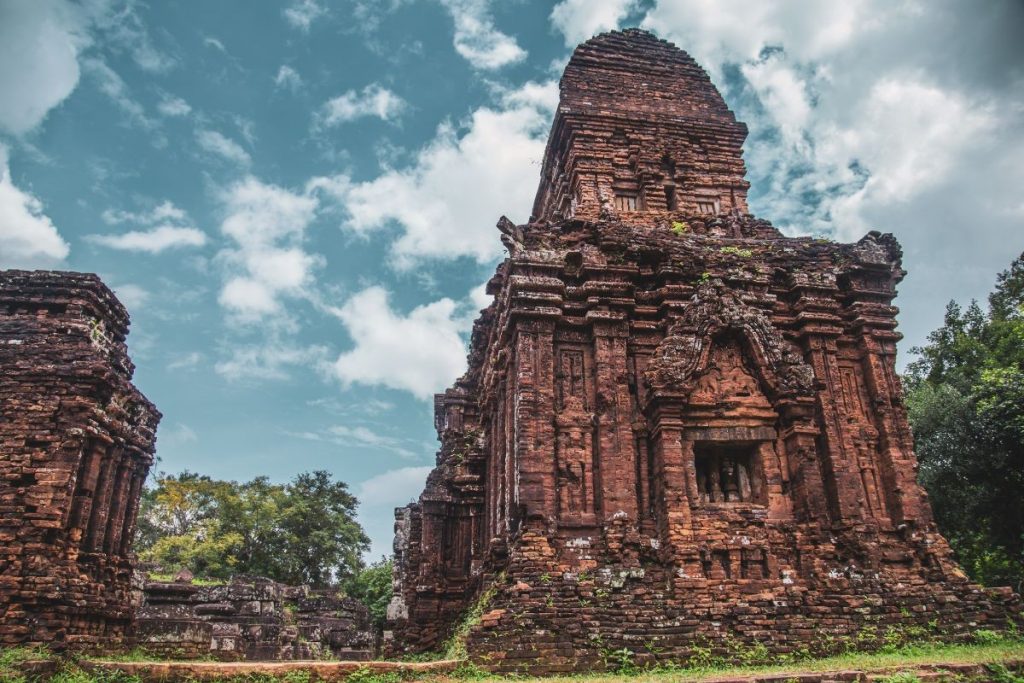
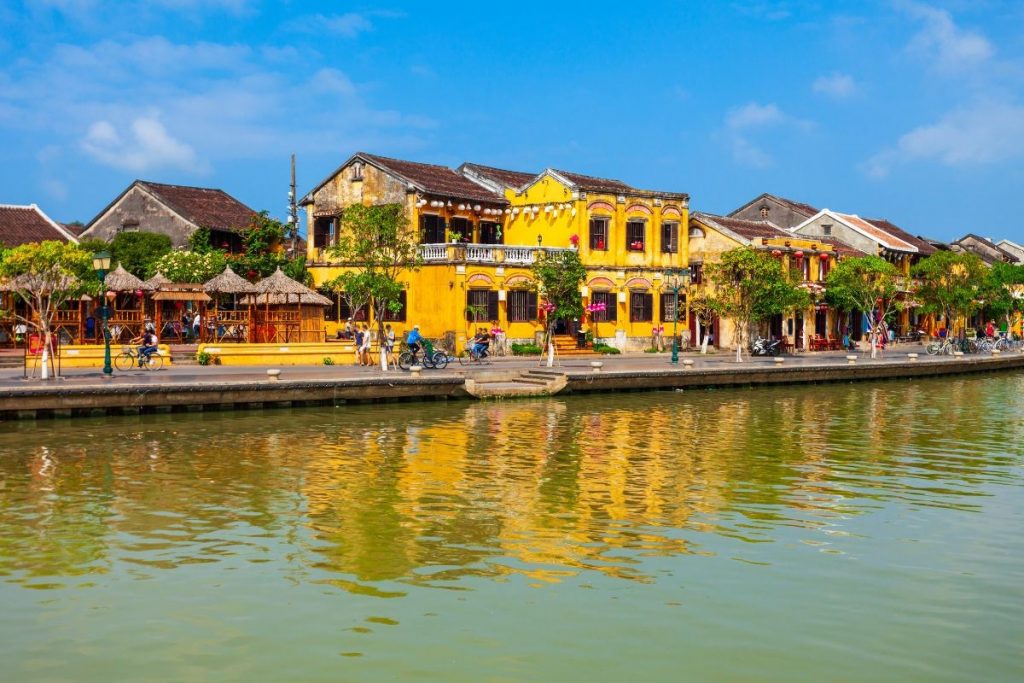
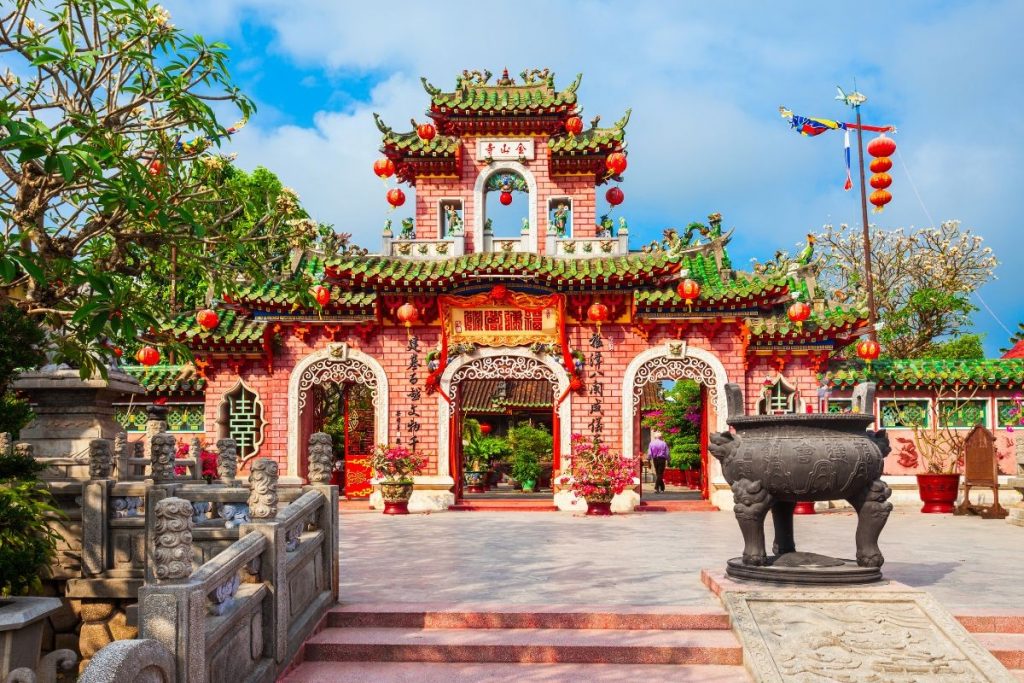

Follow us
Stay in touch and connected to all the news and happenings.